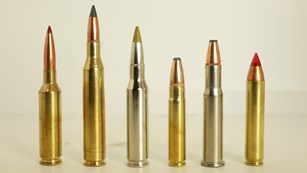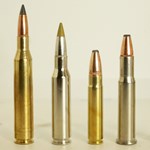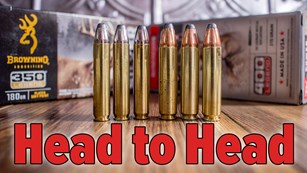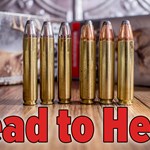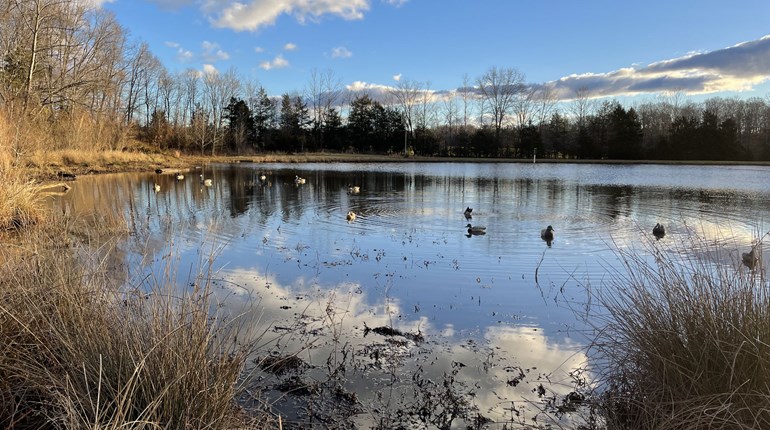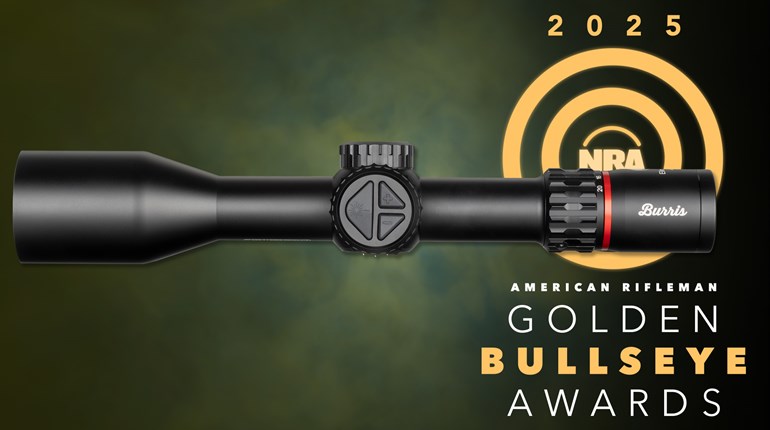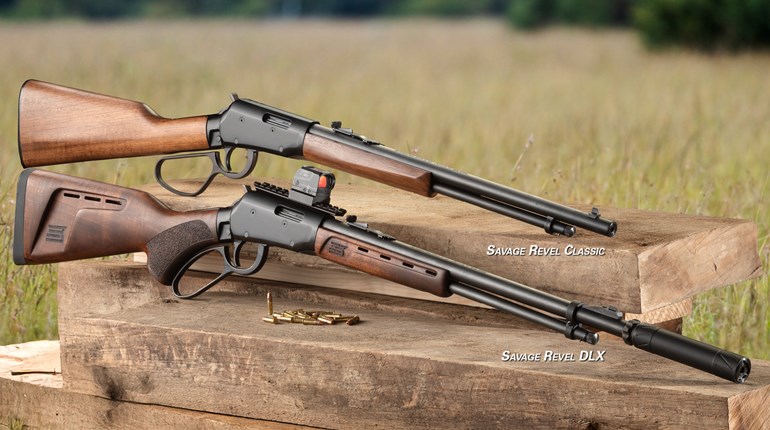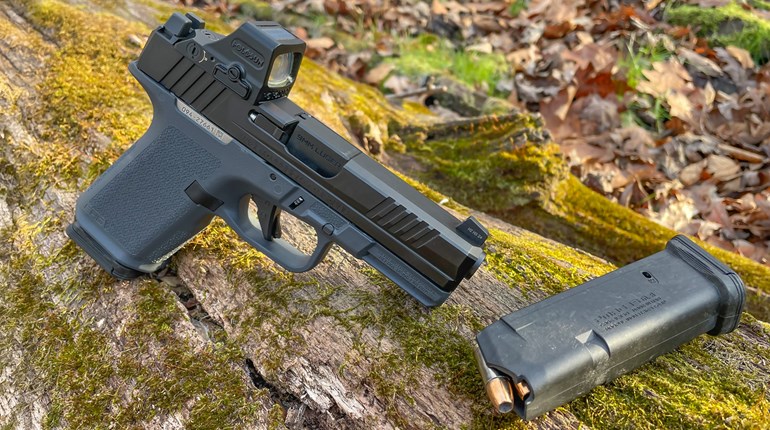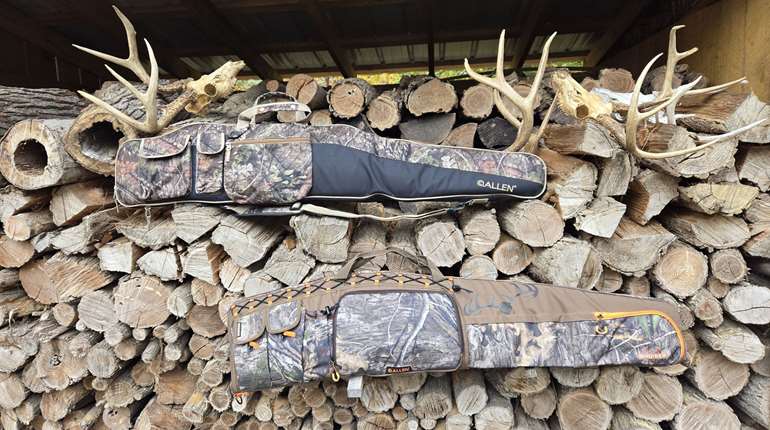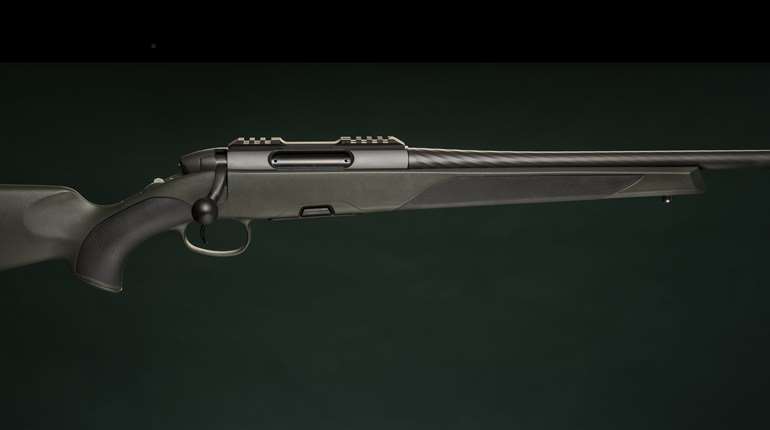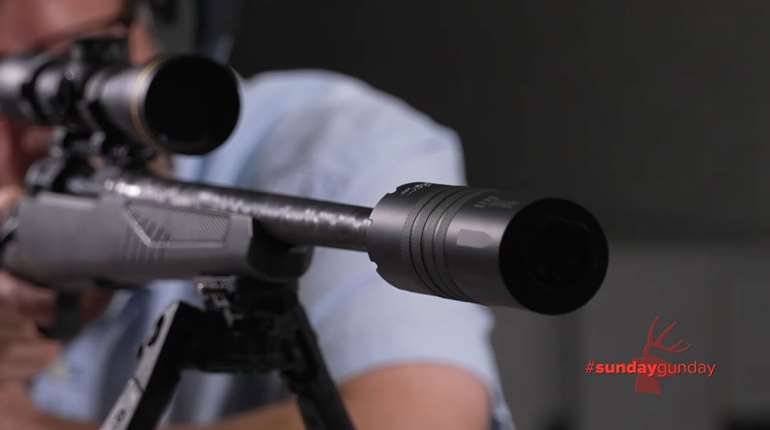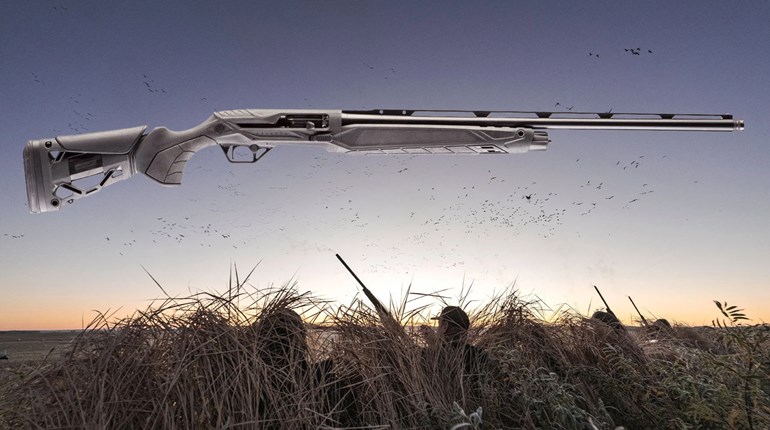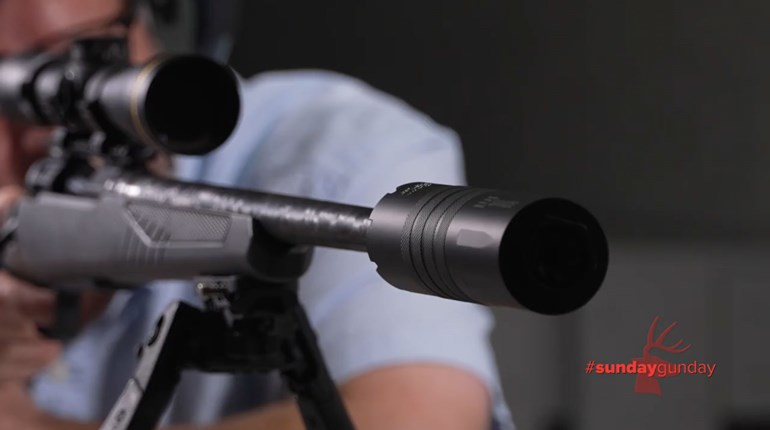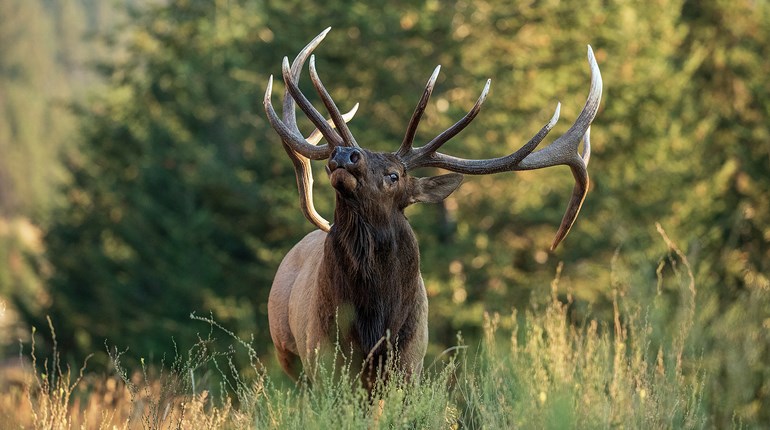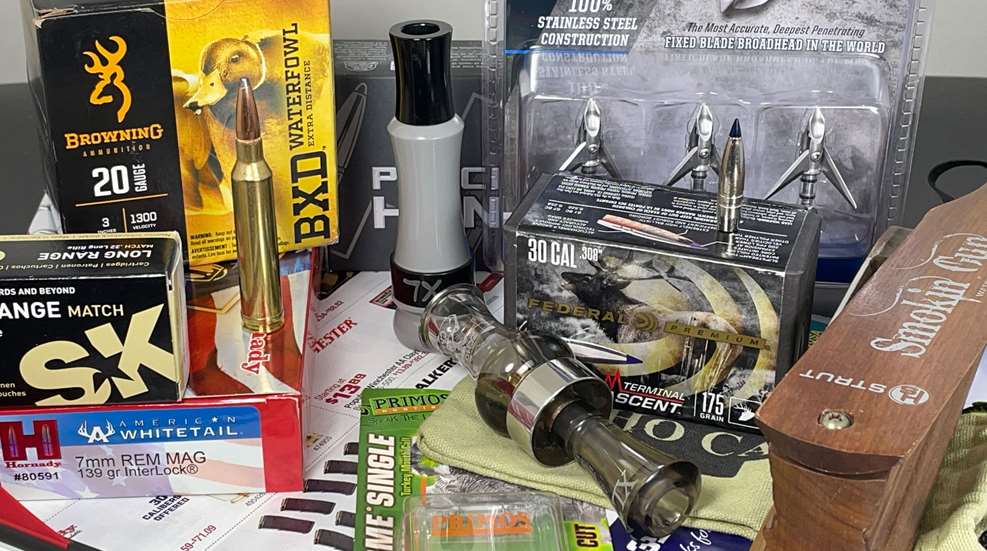
Depending on the source, the art/practice of hunting is reportedly between two- and three-million years old. Since the average lifespan of both sexes in America is 77.5 years—referencing the CDC’s “Mortality in the United States, 2022” data—that disparity is a moot point. What’s another million years, right? Regardless of when the earliest beings began pursuing game as a means of delivering dinner, you can guarantee that, when stalking gazelle, wildebeest, or like species on the grasslands of Africa, their clothing (if any) and equipment was sparse.
Certainly, the first huntsmen weren’t clad in “tech” clothing sporting the newest camouflage pattern or base layers. As for “premium” footwear, perhaps calluses counted as such. Scent elimination? Yeah, right. A scent drag doused with gazelle urine? Not likely. And, of course, there were no four- to five-figure “precision” rifles topped with optics practically capable of reading the minds of the quarry they pursued. The basics worked then—and still do.
We live in a “consumer society,” which languagesoup.com defines as, “a society in which the buying and selling of goods and services is the most important social and economic activity.” Don’t believe me? As this is written, I’m glancing at a stack yesterday’s unopened snail mail, and on top is the Bass Pro Shops/Cabela’s “2025 Bass Fishing Specialist Catalog,” where I can purchase a $95,000 Ranger boat, motor and trailer combination, or a five pack of Bass Pro Shops Forward Facing Sonar Jigheads for $3.99. It’s likely that the spring turkey equivalent of said digest is in the mail, or will be soon, and the unnecessary gear will definitely be made enticing. And that’s true for all retailers, big or small. After all, they’re businesses; their goal is to generate income by convincing you to buy stuff.
While cutting-edge gear is attractive, and even could be helpful in the field, most of it is simply unnecessary for most hunting. And worse yet, “trying to Keep Up with the Joneses” can lead to financial insecurity if you have poor money management skills. Speaking from personal experience, and solid and poor decision-making, buy what’s necessary, nothing more. Not for the sake of doing so. And, when purchases are warranted, such as those outlined in the upcoming second section, then buy quality. So where should you splurge versus cut fat? Read on.

Reducing Spending
Reducing the output of your income can be achieved by foregoing purchases, buying items less frequently, purchasing while on sale and substituting products. All will be covered in this section; however, no compromise should be made when it involves safety, so I’ll start here with a personal story.
One morning about a decade ago, I navigated the alternating, screw-in steps allowing me to reach the lock-on stand on a V-shaped maple tree overlooking a creek bottom with a busy crossing. Since I didn’t anticipate seeing deer for a bit, I decided to use the downtime to quietly remove one small branch partially blocking a shooting lane to my left. With one foot remaining on the platform, I placed the other on a thick limb below the branch that I needed to detach. It promptly snapped, and down I went. Fortunately, my Hunter Safety System (HSS) tree harness arrested my fall. Had it not, I’d likely been disemboweled by the myriad steel steps below while ragdolling 20-plus feet to the ground. I still shudder when I think about what could have been. All this to say, don’t sacrifice on safety—especially if you’re squirreling savings to buy finest-quality doe-in-estrous urine or yet another grunt call.
When it comes to treestand—and tree harnesses in particular—check their condition frequently and replace as needed. All safety-related equipment is off limits to cost cutting. But, there are innumerable items that can be sacrificed—undoubtedly too many to identify here. But, I’ll mention a few, starting with clothing.

For most big-game hunting, camouflage is an indulgence, not an essential. For starters, do you think that the pattern matters when you’re required to accent the outfit with a required fluorescent orange or pink vest and/or hat? Nope. In fact, I’ve killed whitetail deer while wearing dress clothes and shoes when the setting December sun didn’t permit changing, as well as sharp-eyed Oregon coyotes and a hefty gobbler when clad neck to feet in L.L. Bean solid green wool. Virginia longbeards haven’t minded a mishmash that included a retired Marine Corps DCU bottom combined with a Realtree AP top and dissimilar hat, face mask and gloves. One was even taken at 7 yards with archery tackle. I’ve had several western guides wear blue jeans and flannel shirts with bright colored bandanas. Didn’t matter; we still found success. And this is just the beginning. The reality is that we overthink our clothing thanks to advertising. To score, it’s more important to limit your movement, play the wind, find the X, and watch your noise, among other things.

In my opinion, top-end, “ultramodern” camouflage clothing is overrated—as is most camouflage—and it’s expensive to boot. But, to each their own. My recommendation? Instead of fashion statements featuring flashy camouflage patterns, procure quality, comfortable and durable outerwear—even if it’s not camouflage. The adage “buy once cry once” applies here. And a rare lifetime guarantee is better yet. Obviously, for wary species with excellent eyesight such as waterfowl, camo is required, and cotton is undesirable when hunting in inhospitable conditions—the basics. If you do invest in high-priced camouflage, don’t feel compelled to replace it on a frequent basis. It should last for many years. Also shop post-season—when retailers want to clear inventory—for the lowest possible prices. Spending a little time cruising the web can net significant savings. Additionally, perusing thrift stores, yard sales, and flea markets is a great way to locate serviceable, low-cost swag. Likewise, military surplus stores are a great place to shop. Authentic surplus clothing is generally quite durable, yet surprisingly affordable.
“Attractant” and “bait” laws—the latter of which differs in that it’s consumed—vary greatly, so consult with your state’s wildlife department website, brochure or personnel for clarification before purchasing. I’m guilty; before Virginia outlawed the use of natural animal urines/secretions, I was an ardent user. This is unsurprising, though, as I also employed various urine-, gland- and food-based concoctions when running a long trapping line at the time. But, I now realize that I squandered a lot of money on nothing more than animal waste and other liquid discharges with few confirmable results and none worth the expense. Each hunter has different experiences that guides his/her perceptions, and you very well could have the ultimate success story. Kudos! For me, though, deer wee—even the synthetic stuff I’m currently allowed to use—is a no-go. Instead, I find the likeliest location(s) and position myself in a favorable wind. Simple, stench-free and no-cost to boot. Perfect.
The same can be said of “scent elimination” products. Regarding the sensitivity and anatomy of a deer’s nose, the numbers vary widely; however, all elucidate that deer can detect smells better than dogs, and the latter’s noses are nothing short of remarkable. Purportedly, bear have more sensitive sniffers than deer. Having hunted them many, many times in the U.S. and Canada, I can attest to their uncanny ability to nose-out hunters. And yet, we feel that we can neutralize “eliminate” or “cover” human and other foreign scent with a spray, soap, or by creating a gas. Maybe they’ll work for you, or maybe not. One thing is for sure, you’ll certainly spend generously to access them. I once did, and I regret it. You know what low-cost option does help aid success? Hunting downwind.

Substitute products are a great way to save money, too. Are you a waterfowler? Then you know the weighty cost of decoy anchors. Want something cheaper, yet just as effective? Years ago I found an online post about DIY weights made from concrete, and they work like a charm. Simply add a nut (or two) to an eyebolt that is then submerged into mixed concrete contained in a small paper cup. Cup size depends on the desired decoy weight. Once set, the cup is removed and viola, you have a weight that’s inexpensive and won’t cause heartburn if lost. Best of all, the rest of the concrete mix can be used on projects around the home, and you don’t handle lead. I employ these while hunting the tidal waters on Virginia’s Eastern Shore, and they hold fast against even the swiftest currents.

While partaking in Virginia’s early antlerless season this past fall, I had arrived at the hunting property and only then realized that I forgot my shooting sticks at home. With no bipod or rest nearby, the vegetation too high to go prone and the anticipated shot of a considerable distance, I was scrambling for a solution. Then the lightbulb switched on. Using an oversized knife (essentially a machete) kept in my backpack, I cut three sturdy, like-sized branches and affixed them together near one end using 550 paracord. The result: an impromptu tripod that enabled me to take the shot when several does emerged just prior to sunset. I continued using the tripod on future hunts, too. Cheap and effective. Saving money can be so simple. One need only think outside the box to create or repurpose.

Savvy Splurging
Products that are your direct connection with the quarry you seek—in other words, those items directly used to down the quarry—are among the most important to spend your hard-earned cash on. Whether archery tackle (crossbow, or traditional or compound bow), muzzleloader, handgun, shotgun or rifle, demand quality. Excellence, however, doesn’t have to be costly (though it usually is). This is not to suggest that you need a $5,000-plus crossbow or custom-shop firearm. You don’t. Get what’s known to be the superior product. Want a ruined hunt and/or lost game? Go cheap. In time, the penny-pinching will catch up. If you can get a top-quality bow, crossbow, muzzleloader or firearm on sale or secondhand, so much the better—as long as it’s of equal quality or close to one that’s unused.

Settle for nothing less than a tool that’s absolutely reliable, safe, and, where appropriate, accurate. The goal is to kill, not miss or maim. When you pull the trigger or release the string, the outcome should be settled. And once that item is obtained, maintenance is essential. So, how do you know what’s best without being swayed by favoritism or advertisements? Spend time researching the products. Read online reviews by those without an agenda (usually obvious), as well as knowledgeable hunters, guides, competitors, etc. Retailers tend to be very subjective.
The same approach applies to optics and their mounting hardware. What good is the most accurate rifle in the world if your scope fogs internally, or the mounting hardware doesn’t securely hold the optic in place? None. Some rifleman believe that a riflescope should cost twice as much as the rifle it’s on. Maybe, or perhaps even more. Consider an optic to be a long-term investment, so buy the best. You’ll never regret doing so. I promise.

Always purchase the finest-quality arrows/bolts and broadheads, or the best ammunition for the task. Don’t compromise! I never understood why archers would invest in a premium bow and yet were frugal with spending on what actually killed the animal. Isn’t the arrow/bolt and broadhead the most important component to success? Even more befuddling is when said hunter travels and/or pays for a guide service but opts to cut corners on the essentials. At the same time, they’ll readily swipe the plastic on snazzy clothing or yet another contraption because an advertisement or “celebrity/influencer” suggested it.

Muzzleloader and firearm hunters are no different. While a cup-and-core-style bullet in an economy load is suitable for deer, is that really what you want to use on an elk hunt that could cost five figures or used half a lifetime of preference points? Yet I’ve witnessed head-scratching scenario play out firsthand. Buy the best bullet for the task, regardless of cost. Nothing changes for waterfowl, either. You bought steel shot—at any price—for a once-in-a-year (or perhaps lifetime) hunt. Seriously? How much extra would a far superior pellet-making material cost? You’re probably not shooting cases worth, and even if you are, it’s prudent spending.

Don’t get me wrong; economy waterfowl calls can sound great and last a lifetime. I still have some from my teenage years that annually grasp the attention of geese and lead to their demise. That being said, I suggest investing in a well-made, durable and authentic-sounding call from a renowned maker. Costly? Sure. But it’s worth the price. Not only will these be hand-tuned, but replacement parts (that are likewise tweaked) will likely be available in the future. The calls tend to offer a greater variety of sound, too. Like quality optics, they’re an investment and can play a major part in the success of the hunt.

Turkey calls, on the other hand, aren’t worth the extra cost. Diaphragm calls are inexpensive and easily replaced, and I’ve found that there are few differences between box, slate/glass, etc. calls from various makers and materials. The same applies to deer calls. Since I’m not an ardent elk caller, I’ll refrain from commenting.

Along the same lines, select high-quality decoys and the best string to anchor them. Line isn’t where you want to sacrifice outlay, and neither is the aesthetics of the dekes. Being foam-filled is certainly a benefit, but an accurate finish is paramount. Correct colors and, even better, well-finished flocking can make a real difference. When getting a wary bird to commit to decoys is essential to success, why go for a knowingly inferior product. Unless you just like watching sunrises, or standing in frigid water while enduring the extreme cold and other similar trials without bagging birds, opt for the best decoys. Just wait until after season to get them at a significant savings.

Put your money in the finest socks and footwear you can afford. Want to increase the odds of leaving the field early due to cold feet, or your feet being wrecked from walking? Then buy the least costly footgear you can find. Otherwise, spend what’s necessary for the best of its kind, such as wool socks—ex. Darn Tough Vermont—and shoes/boots from the top-tier brands—not necessarily by volume, but by reputation and construction. Find ones that are comfortable and durable, and break them in ahead of the hunt. You’ll thank me.
Lastly, sharp knives are dangerous, dull ones more so. Few things are as annoying as trying to process big game in the field with a poorly designed or dull knife. Bargains aren’t a good buy. I’m not saying that you need a Randall Made Knife—however nice it’d be—or similar, but cheaply done ones will leave you wanting. Knives with replaceable blades are great provided you maintain a supply of the replacements on-hand, but otherwise select a knife that is made from steel that’ll retain its edge and/or is easily resharpened. Having used, many, many knives through the years, I’ve now settled on Cutco and Morakniv for the majority of my game processing. But there others just as capable, and perhaps less costly. Sharpness and strength are paramount considerations.
Had the earliest hunters had access to the overabundance of equipment that we now have, it’s likely they’d do the same as us; misplace their spending. But they didn’t, and those first huntsmen, along with generations not far from ours, continue to illustrate that hunting need not be gear-driven—to be successful truly doesn’t require much. Conversely, when an item is required such as those outlined in the latter half of this article, then invest in the best (or at least quality)—simple. After nearly four decades of hunting, I’m returning to the basics. Why? Less is more.






